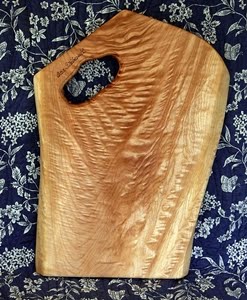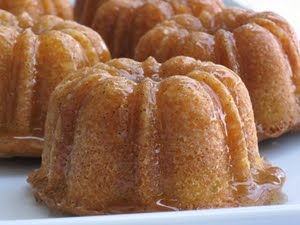 Does anything beat fresh bread?? The feel of the dough in my hands, magically expanding in just a couple of hours, then transformed into the perfect loaf... golden brown and crunchy on the outside, light and fluffy on the inside. And that aroma... There is nothing so comforting as the smell of baking bread wafting through the house. It evokes wonderful childhood memories of busy days in the kitchen on cold, wintery snow days. Warm bread slathered with soft butter or sopping up spaghetti sauce... Does anything beat fresh bread??
Does anything beat fresh bread?? The feel of the dough in my hands, magically expanding in just a couple of hours, then transformed into the perfect loaf... golden brown and crunchy on the outside, light and fluffy on the inside. And that aroma... There is nothing so comforting as the smell of baking bread wafting through the house. It evokes wonderful childhood memories of busy days in the kitchen on cold, wintery snow days. Warm bread slathered with soft butter or sopping up spaghetti sauce... Does anything beat fresh bread??French Bread
3-1/2 cups bread flour
1 packet yeast (2-1/2 teaspoons)
2-1/4 teaspoons salt
1-1/3 cups cold water, plus additional 1/3 cup cold water
Place the flour, yeast and salt in the bowl of the food process. Pulse to mix. Add 1-1/3 cups of water and process until the dough comes together. If the dough doesn't form a ball, add a little of the extra water. Process for about 60 seconds, turn off machine and let dough rest for 5 minutes.
Turn on the machine again and rotate the dough about 30 times under the cover, and then remove it to a lightly floured work surface. it should be fairly smooth and quite firm.

Let the dough rest for 2 minutes and then knead roughly and vigourously. The final dough should not stick to your hands as you knead (although it will stick if you pinch and hold a piece); it should be smooth and elastic and, when you hold it up between your hands and stretch it down, it should hold together smoothly.
Preliminary rise - 40 to 60 minutes at around 75°F. Place the dough into a clean dry bowl, (do not grease the bowl), cover with plastic wrap, and set in a warm place free from drafts. (Note the French do not grease the bowl because they believe the dough needs a seat to push up from.) This first rise is sufficient when the dough has definitely started to rise and is about 1-1/2 times its original volume.
Deflating:
Turn the dough onto your lightly floured work surface roughly and firmly pat and push it out into a 14-inch rectangle. Fold one of the long sides over toward the middle, and the other long side over to cover it, making a 3 layer cushion. Repeat the operation. This important step redistributes the yeast throughout the dough, for a strong second rise. Return the dough smooth side up the bowl; cover with plastic wrap and again set to rise.
Final rise in the bowl - about 1 to 1-1/2 hours or longer. The bread should be 2-1/2 to 3 times its original bulk. It is the amount of rise that is important here, not the timing.
To shape:
Cut the dough in half. Set one piece aside and cover with a towel. On a lightly floured work surface pat the dough into a 14-inch rectangle, squaring it up as evenly as you can. Fold the rectangle of dough in half lengthwise and using the heel of your hand, firmly press the edges together where they meet. Seal well. Pound the dough flat. Now repeat - patting the dough out again and folding it over and sealing the edges. Pinch the edges well and Rotate the dough so that the sealed edge in on the bottom. Repeat with second piece of dough.
Cover with plastic wrap or loosely with a towel and let rise to more than double again at about 75°f.
Place baking stone in oven and preheat oven to 500 F. Slash three long cuts into the loaves and place on the hot stone. Immediately toss a number of ice cubes on to the bottom on the oven to create steam. Bake until bread is golden and has an interior temp of 200°F. Takes about 20 - 30 minutes.
Source: Ann (Thibeault's Table)




































7 comments:
What a thought evoking description of bread!! Yours looks wonderful!!
Nothing is better than fresh bread. Can't wait to try this recipe. Just this afternoon I was thinking that I need to find a recipe for French bread. Then your post came along. Thanks!
I was sure I had posted here too Lori! It's beautiful!
there is nothing better than a good fresh loaf of bread... Looks wonderful!
I love eating French bread especially fresh from the oven :)
I have got to try this! I love French Bread. I know it is cheap to buy, but I want to try and make it. Thanks for this post.
A beautiful tutorial. Perhaps one day I will have the courage to make bread like this at home! Or maybe, once I acquire a food processor and stone.
Post a Comment
I appreciate your visit and welcome your comments!